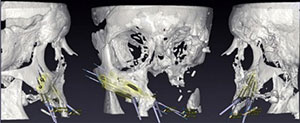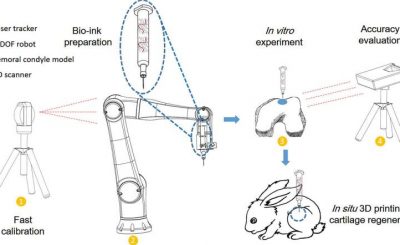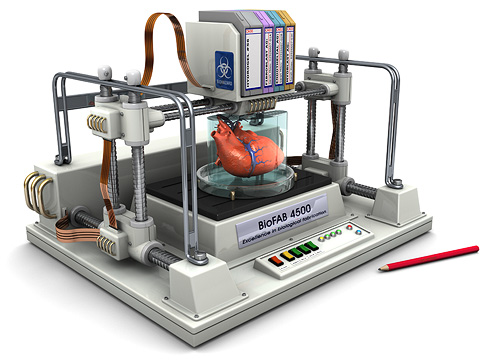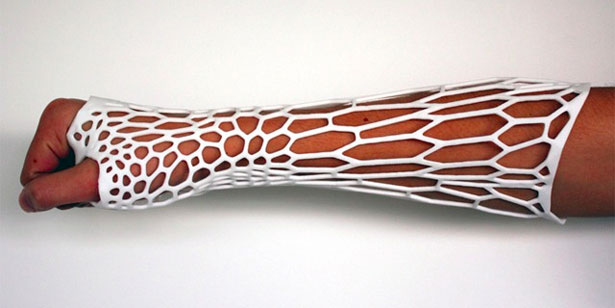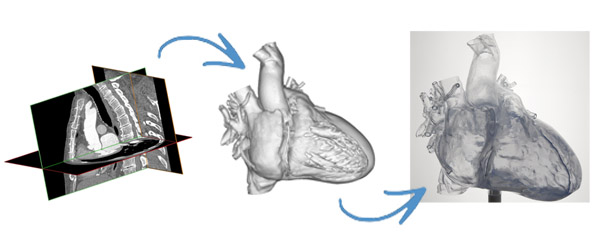
One of the fingers of the bionic arm has an embedded temperature sensor that is connected to miniature control panels and micro-servos built into the arm. Whenever the sensor records an object to be ‘too hot’ or greater than a threshold temperature (relative to body temperature) it sends a signal via the control panel to the servos and makes the arm release its grip. It also goes a step further and releases a tiny electrical impulse or shock to the user’s muscles and nerves, allowing them to ‘feel’ the excessive temperature. The sensor would help a user avoid gripping a hot object and also inform him as to how hot it is. Just like the normal physiological reaction our fingers would have.

Siyi, a Computer & Control Engineering student at Nankai University, explains,
“This way, people with disabilities will be able to feel the relative temperature level of an object. The higher the temperature of the objects, the stronger the cautionary electrical impulse sent from the micro control panel is. This provides an accurate simulation of what a normal physiological reaction to hot objects will be. Several students and I designed this ‘temperature-sensitive prosthetic hand’ to bring increased safety and authenticity of experience for persons with disabilities using a prosthetic. It will help them live better independently and reduce the burden on family care.”
Feng, project instructor and Associate Professor of Computer & Control Engineering at Nankai, concurred, “As far as people with disabilities are concerned, they have a great wish to be able to live as normal healthy people. The design concept is clear, of great significance, and will help create a better, safer future for those with disabilities.”
The design is currently undergoing commissioning and testing, according to Siyi. The work restores an important feature that will hopefully broaden the scope of bionic limbs and although the sense of touch isn’t just about temperature, research to help sense pressure, texture, or humidity surely can’t be far behind.
